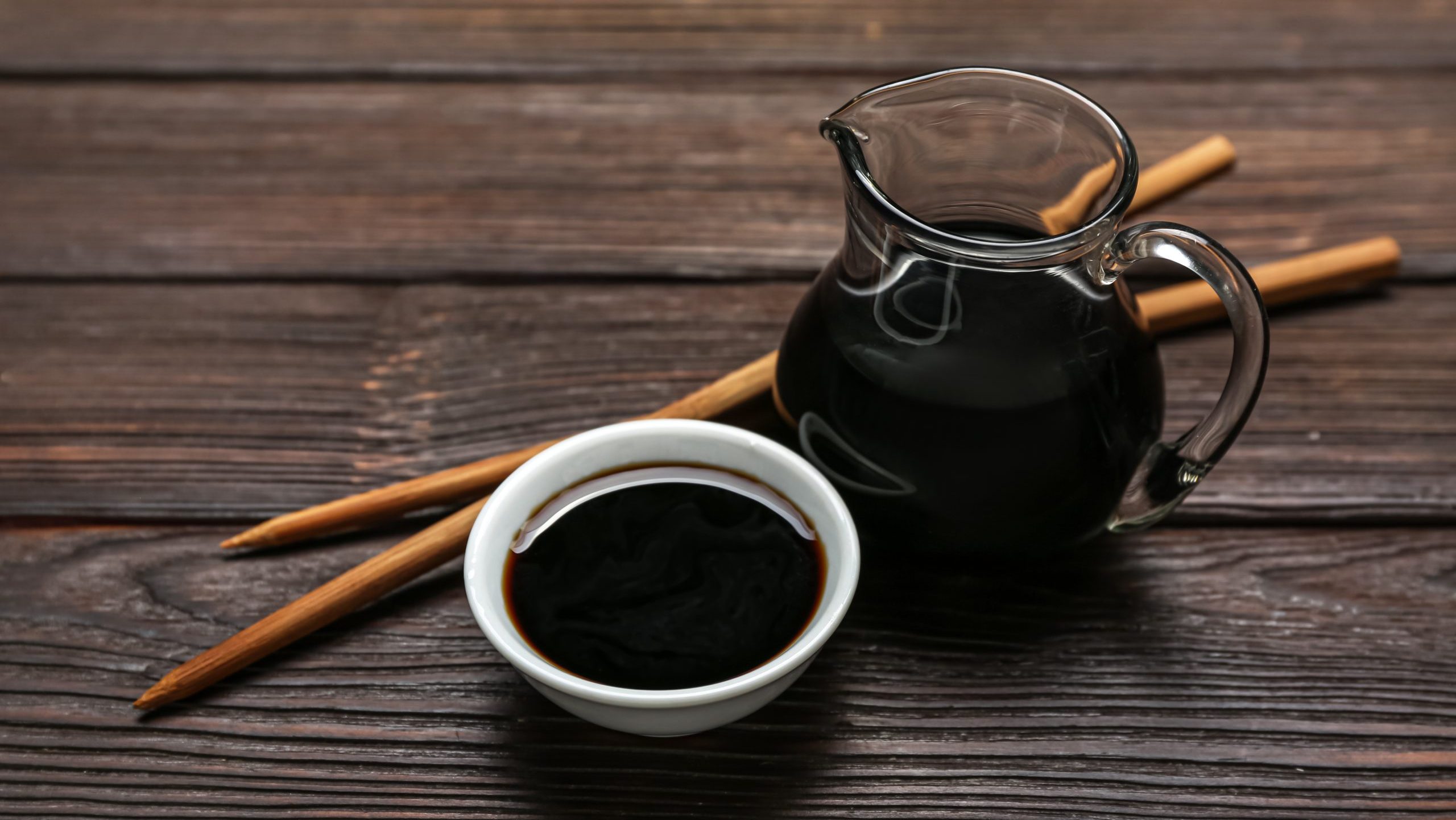UNESCO reveals new cultural heritage in Asia
Eleven of Asia’s cultural treasures have been inscribed on UNESCO’s Intangible Cultural Heritage list following a selection meeting held from December 2-7, 2024. This list aims to protect and recognise timeless traditions and customs that contribute to the world’s cultural diversity and creative expression. Plan your next journey with Asian Trails to experience these newly inscribed intangible cultural assets.
 |
Malaysia’s breakfast culture Malaysia’s cultural diversity is reflected in the nation’s traditional breakfast foods, such as nasi lemak (coconut rice served with a variety of condiments), roti canai (Indian-style flatbread typically served with curry) and teh tarik (pulled tea). These are served at rural and urban eateries throughout the country. Some of the best breakfast experiences can be found in Kuala Lumpur’s Kampung Baru, Chinatown and Brickfields districts and they can be explored on many of Asian Trails’ excursions. |
 |
The Cambodian krama A tradition passed down through generations, this woven textile has become a symbol of Cambodian life. Handcrafted using traditional looms, the krama is typically made of cotton or silk and is used by all members of society as a scarf, a belt, a blanket or a decorative cloth. Guests can observe the art of making a krama on an Asian Trails’ tour of craft villages. |
 |
Thailand’s tom yum kung This iconic soup dish has become synonymous with Thai cuisine worldwide. Fresh prawns are boiled with herbs, such as lemongrass, kaffir lime leaves, galangal root and shallots to create an intense broth that combines sweet, sour, savoury, spicy, creamy and slightly bitter flavours. Embark on an Asian Trails’ tour in Thailand to taste this unique dish made by some of the world’s finest chefs. |
 |
Asia-wide kebaya The kebaya is often worn at formal events and social gatherings and it is a symbol of women in Asia. This traditional attire is especially popular in countries such as Brunei, Indonesia, Malaysia, Singapore and Thailand. It features intricate embroidery or designs that were once reserved for royalty and elite members of society. |
 |
The Fonelamvonglao Dance in Laos This traditional dance, widely practiced among Lao communities, is often performed at weddings and large gatherings. It showcases the Lao people’s deep cultural roots and serves as an expression of community and celebration. |
 |
Chinese wooden arched bridge building Combining the use of wood, traditional tools and structural engineering, these unique arched walkways are built upon centuries of Chinese architectural wisdom. A feature in many towns and villages in Fujian and Zhejiang provinces, this traditional bridge building technique is a source of livelihood for woodworkers and an integral part of the cultural ecosystem. |
 |
Traditional Li textiles of China Developed by the Li ethnic group in China’s Hainan province, the tradition of spinning, dyeing, weaving and embroidering natural materials results in intricate textiles. These techniques are used to create clothing and everyday items, with patterns woven into fabrics often telling the story of indigenous Li legends and folklore. |
 |
Spring Festival in China Marking the start of the Chinese New Year, this is celebrated on the first day of the first month of the lunar calendar. Rooted in rich social customs, the festival typically involves family reunions, elaborate meals and prayers to honour ancestors. |
 |
Qiang New Year Festival in China Celebrated on the first day of the tenth lunar month, this festival marks the New Year for the Qiang ethnic group in Sichuan province. The event promotes social harmony and respect for nature through traditional rituals, music, dance and unique cultural practices. |
 |
Myanmar’s Ata Thingyan New Year Festival This five-day festival marks Myanmar’s traditional New Year and it is traditionally celebrated in mid-April. The event features vibrant dances, music and water rituals that symbolise purification and renewal. |
 |
Ba Chua Xu Goddess Festival in Vietnam Held from the 22nd to the 27th day of the fourth lunar month, this annual festival is a tradition of the Kinh, Khmer, Cham and Hoa communities located on Sam Mountain in Chau Doc city. It celebrates the role of women in society through religious ceremonies and musical performances. |
To learn more about these unique cultural treasures of Asia or to incorporate these immersive experiences into your tour, contact our destination experts at Asian Trails
More news from around Asia
Stay up to date
Get more B2B travel news direct to your inbox.




























